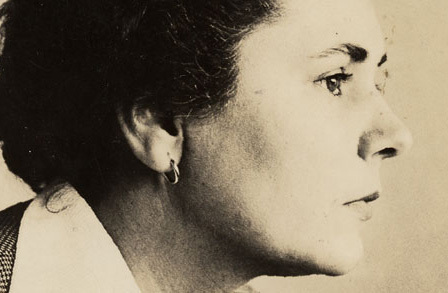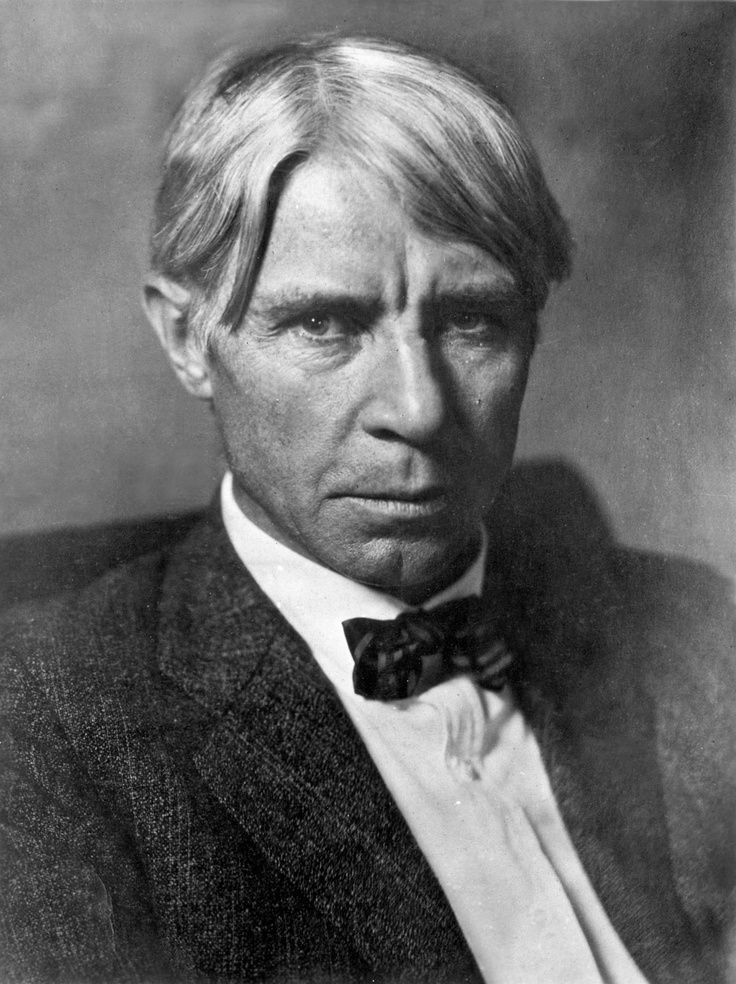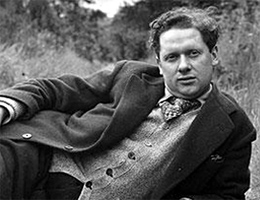About Carl Sandburg: “Trying to write briefly about Carl Sandburg is like trying to picture the Grand Canyon in one black and white snapshot.” Truer words than these cannot be found when it’s about Carl Sandburg. He is a versatile man with his foot in poetry, history, biography, fiction and music. He won three Pulitzer prizes in his lifetime: two for his poetry and one for his autobiography on Abraham Lincoln. Born in 1878, Carl Sandburg had humble origins. He worked as a milk route driver, a bricklayer, a farm laborer, a hotel servant and a coal heaver before starting out as a journalist for Chicago Daily News. The rest is, as they say, history. Carl Sandburg died of natural causes in the year 1967.
About Masses: ‘Masses’ is a part of nine poem collection named ‘Chicago Poems’. It is the third poem in the collection which has its first poem titled Chicago, followed by Sketch, Masses, Lost, The Harbor and much more. Chicago first appeared in 1914. It was republished in 1916 in Sandburg’s first mainstream collection, titled ‘Chicago Poems’.
Setting of the poem: The setting varies greatly throughout the poem. It is first in the tall mountains and deep valleys. It then changes to the beaches with the endless tides. It then shifts to prairies under the vast, beautiful skies. The setting then changes to passing references to war, work and birth. It finally settles on the poor and their habitat.
Poetic Devices
Free Verse: The poem has neither rhyme nor rhythm. It is written fully in free verse. Carl Sandburg’s poems written in plain speaking free verse was critically acclaimed. It was said to be strongly reminiscent of Walt Whitman, one of the most influential poets in the American canon.
Imagery: Sandburg extensively uses imagery throughout the poem. In the first line of the poem, when he mentions ‘the blue haze’ and ‘red crag’, one is taken to the vast mountains with their deep valleys, under the blue, blue skies. When me mentions ‘the beach where the long push under the endless tide maneuvers’, one can almost smell the salt, and hear the breeze. Similarly, it is easy for one to imagine sitting under the great dark night, under the endless illuminated stars and just staring at them by the third line.
As positively as Sandburg uses imagery in these lines, it is also easy to visualize the opposite. He paints a vivid picture of the toiling poor in the last line and it remains with the reader long after he reads the poem.
Irony: Throughout the poem, all things patient were described as beautiful and awe inspiring. The mountains left him amazed, the beach left him speechless, the stars left him in thought and the great men and women left him thrilled. But the most patient of them all, the poor, the hardworking, ever toiling poor are described as broken. When one expects the most patient to be something transcendental, the narrator pulls them down to the ground with a stark opposite.
Enjambment: Lines of verse continue into each other with the last line of verse containing four lines.
Summary of Masses by Carl Sandburg
The narrator traveled to the mountains and saw them under the vast blue sky, and saw their great deep valleys and he was left amazed. He then went to the beach and he was left speechless by the infinitely recurring long push maneuvers. Then he watched the stars, the uncountable shining bright stars, on the prairie and as watched the constellations, he was overwhelmed by the scene and was left full of thoughts.
He saw great men, tough men who worked as a labor and brave men who worked as soldiers; he saw mothers, who lifted their children with love; and he felt touched. But then he saw the poor, he truly saw the poor; the millions of poor who worked untiringly and patiently, more patient than any of the things he saw before, and he saw them in all broken, all ruins of a nation.
Analysis of Masses by Carl Sandburg
The narrator was amazed by the gigantic unmoving mountains. How patiently they sat there, still, a sight to behold! The narrator saw the waves come in one by one, relentlessly and untiringly. They too were patient. They were beautiful! Then he saw the stars, the tiny, tiny stars fixed on the horizon, forming mysterious shapes, patiently staying still for him to see. And then he saw the patient brave soldiers, the patient workers, and the mothers, lifting their children, the fruit of nine months of patience.
In all of these, he saw beauty. All the things patient left him in awe. But when he truly looked at the poor, who were the most patient of them all and saw them broken, he understood the reality. It was not always the patient who is rewarded. Fairness is but a myth. How the poor toiled; they toiled for a greater time than the mountains stood still, they toiled for a longer time than the long push maneuvered, they toiled for a longer time than the stars stayed still and they definitely toiled for a longer time than war and pregnancy. And yet, they were unrewarded. Broken.
The poet describes them as humble, for who works for so long and yet accepts being so poor. The narrator leaves us at this point, leaving us to form our own conclusions, but it is safe to assume that the narrator is no longer in awe of all things patient.
Central Idea of Masses by Carl Sandburg
The central idea of the poem is to showcase the unfair situation of the poor. Sandburg does so by describing all things beautiful first. The common quality among all these things is their patience. He is mesmerized by them.
And yet when he saw the most patient of them all, the poor, he is disillusioned. The poor are the exact opposite of what a patient man should be and he brings this to the foreground with this poem.
Tone of the poem
The poem starts beautifully, with an uplifting and positive tone. This tone continues through most of the poem. Sandburg adopts this tone when describing all the things which left a deep, positive impression on him.
The tone then changes to a more sad and melancholic one in the last line of the poem as he describes the plight of the most patient of them all.
Conclusion
Sandburg shows a truly sad plight of the poor, emphasized by the contrast of attention a human pays to those which have the same quality of patience of the poor. The impact is further enhanced by his beautiful descriptions and vivid imageries from the beginning of the poem. The reader is taken to all places wonderful and then wham! He is suddenly dropped right in the middle of poverty and ruins. It shows the two faced treatment of the humans to the ones who exist with the same quality of patience. More than that, Sandburg shows us the attitude one has towards their fellow human beings who are not well off. And he describes the poor as humble, in recognition of the fact that, though possessing patience greater than that of mountains, beaches, and stars, they are still living on with the status of poor.
Some online learning platforms provide certifications, while others are designed to simply grow your skills in your personal and professional life. Including Masterclass and Coursera, here are our recommendations for the best online learning platforms you can sign up for today.
The 7 Best Online Learning Platforms of 2022
- Best Overall: Coursera
- Best for Niche Topics: Udemy
- Best for Creative Fields: Skillshare
- Best for Celebrity Lessons: MasterClass
- Best for STEM: EdX
- Best for Career Building: Udacity
- Best for Data Learning: Pluralsight















